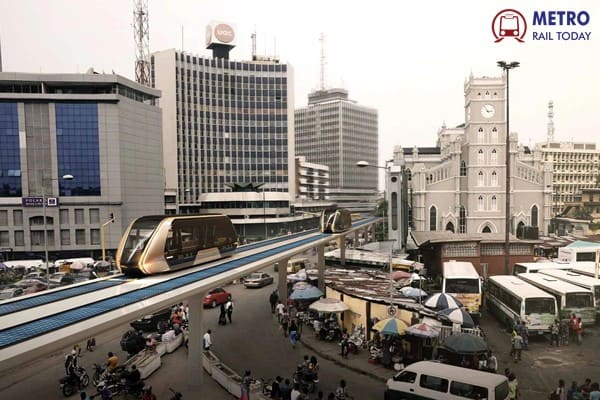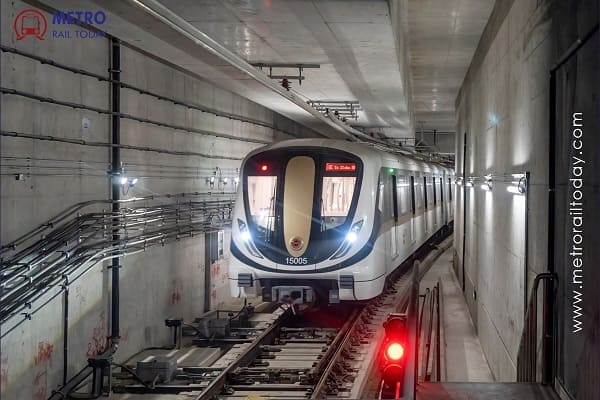 SYSTRA appointed Design Consultant for Patna Metro Underground Corridors
SYSTRA appointed Design Consultant for Patna Metro Underground Corridors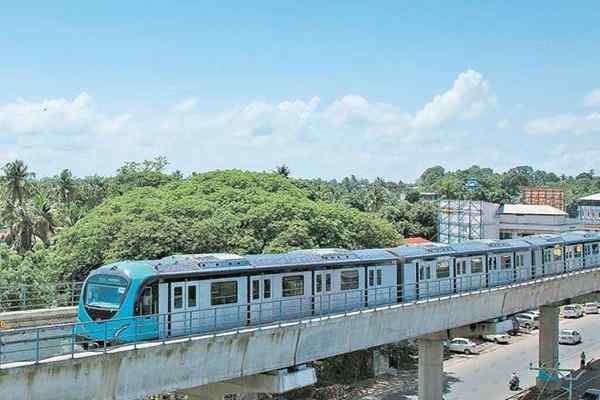 Kochi Metro Phase 2 Pink Line likely to miss June deadline due to funding issue
Kochi Metro Phase 2 Pink Line likely to miss June deadline due to funding issue Saudi Arabia restarted work on Jeddah Metro Rail Project under Saudi Vision 2030
Saudi Arabia restarted work on Jeddah Metro Rail Project under Saudi Vision 2030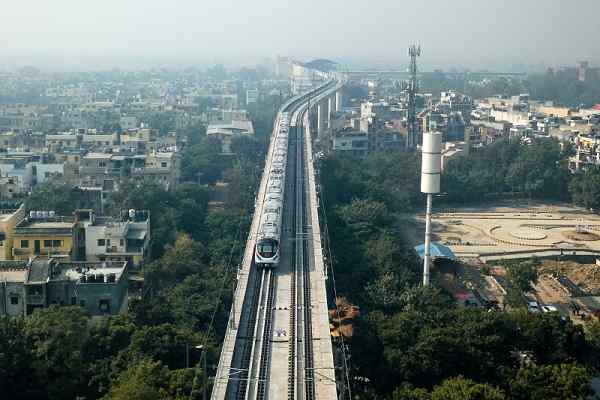 Delhi Govt releases funds for remaining Delhi Metro Phase IV Corridors
Delhi Govt releases funds for remaining Delhi Metro Phase IV Corridors Italcertifer SpA appointed ISA for Mumbai-Ahmedabad High Speed Bullet Train Project
Italcertifer SpA appointed ISA for Mumbai-Ahmedabad High Speed Bullet Train Project Univastu India Bags ₹391.76 Crore E&M Contract for Mumbai Metro Line 4 & 4A
Univastu India Bags ₹391.76 Crore E&M Contract for Mumbai Metro Line 4 & 4A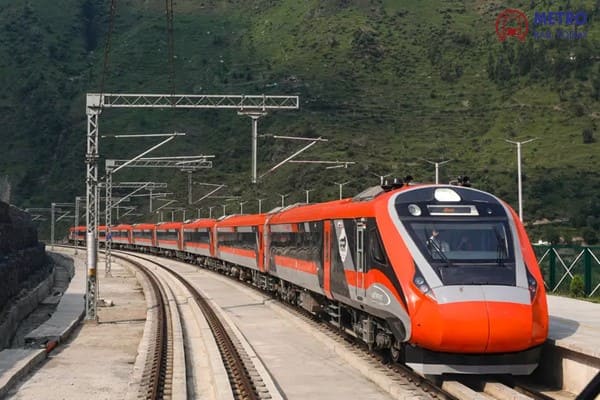 Prime Minister Narendra Modi Flags Off India's First Vande Bharat Sleeper Train
Prime Minister Narendra Modi Flags Off India's First Vande Bharat Sleeper Train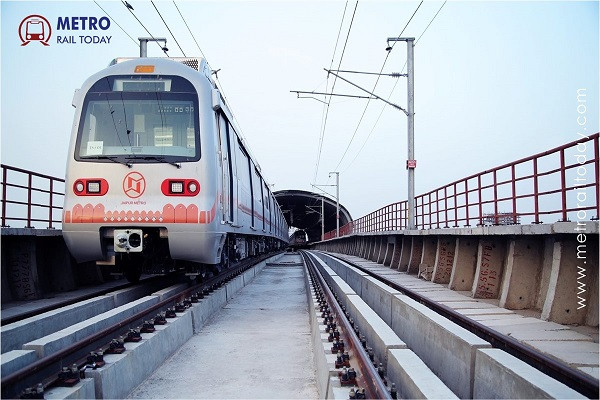 Ceigall - SAM India JV Wins ₹918 Crore Civil Contract for Jaipur Metro Phase 2
Ceigall - SAM India JV Wins ₹918 Crore Civil Contract for Jaipur Metro Phase 2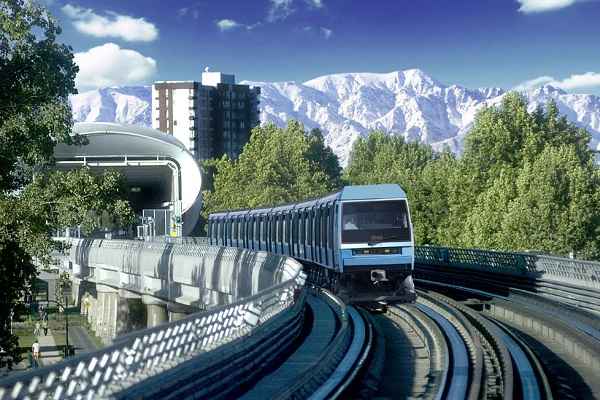 Webuild Bags €776 Million Contract for Rome Metro Line C Section T1
Webuild Bags €776 Million Contract for Rome Metro Line C Section T1 From Paper to Platform: How Mumbai Metro’s Digital Ticketing Is Redefining Urban Mobility?
From Paper to Platform: How Mumbai Metro’s Digital Ticketing Is Redefining Urban Mobility?
Yoga Day: How Metro Rail Revolution makes Commuters Stay Healthy and Fit?
Metro rail systems have revolutionized urban transportation, providing efficient and convenient travel options for millions of commuters worldwide. Beyond their primary objective of transporting people from one place to another, metro rail networks have inadvertently contributed to the health and fitness of commuters. This in-depth article explores the various ways in which metro rail systems promote a healthier lifestyle and contribute to the well-being of individuals using them.
1. Active Commuting
One of the inherent benefits of metro rail systems is their ability to encourage active commuting, which involves physical activity as part of the daily travel routine.
Walking and Cycling: Metro stations are strategically located within walking or cycling distance from residential areas or key destinations. This encourages commuters to engage in physical activity by walking or cycling to and from the stations, contributing to their daily exercise regime.
Stair Climbing: Metro stations often feature staircases alongside escalators and elevators. Opting for the stairs instead of the escalator or elevator can provide a quick burst of exercise, promoting cardiovascular health and muscle strength.
2. Reduced Sedentary Lifestyle
Commuting via metro rail helps combat the sedentary lifestyle associated with prolonged sitting during travel, as compared to other modes of transportation.
Standing Commute: During peak hours, metro trains can be crowded, leading to standing commutes for many passengers. Standing not only burns more calories but also engages core muscles, improves posture, and increases overall physical activity.
Movement within Stations: Metro stations are designed to facilitate passenger movement, often requiring walking or jogging to reach platforms, transfers, or exits. This constant movement within stations adds to the overall physical activity of commuters.
3. Integrated Multimodal Connectivity
Metro rail systems are usually integrated with other modes of transportation, promoting a multimodal approach to commuting. This integration has several health benefits.
Walking and Cycling Connections: Metro stations often feature designated spaces for bicycle parking or walking paths, enabling commuters to seamlessly transition between cycling, walking, and metro rail travel. This encourages a healthier and more active lifestyle.
Last-Mile Connectivity: Metro rail systems are often connected to bus stops, taxi stands, or rideshare services near stations, allowing commuters to extend their journey using these options. Choosing to walk or cycle for the last mile of the commute further adds to physical activity and overall fitness.
4. Stress Reduction
The reliable and efficient nature of metro rail systems helps reduce the stress associated with commuting, which, in turn, positively impacts overall health and well-being.
Reduced Traffic Congestion: Metro rail systems alleviate traffic congestion by providing an alternative mode of transportation. This reduces the stress and frustration associated with navigating through traffic jams, contributing to better mental health.
Predictable Travel Time: Metro rail services operate on fixed schedules, offering predictable travel times. This predictability reduces the anxiety of being late or dealing with unexpected delays, resulting in reduced stress levels for commuters.
5. Access to Urban Parks and Recreational Areas
Metro rail networks often have stations in close proximity to urban parks, recreational areas, or fitness facilities, offering commuters convenient access to outdoor spaces for exercise and recreational activities.
Park Visits: Commuters can easily incorporate park visits into their commute by disembarking at a metro station near a park. This provides opportunities for activities like walking, jogging, yoga, or outdoor workouts, promoting physical fitness and mental well-being.
Fitness Facility Access: Some metro stations are located near fitness centers or sports complexes. This allows commuters to integrate their exercise routines with their daily commute, making it easier to maintain a regular fitness regimen.
Conclusion
Metro rail systems have transformed urban transportation and have inadvertently contributed to the health and fitness of commuters. Through active commuting, reduced sedentary lifestyle, stress reduction, improved air quality, and integrated multimodal connectivity, metro rail networks provide a platform for individuals to maintain a healthy and active lifestyle. As cities continue to expand their metro networks, the promotion of health and fitness should be prioritized to maximize the benefits of this revolutionary mode of transportation.





